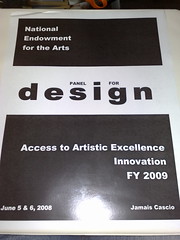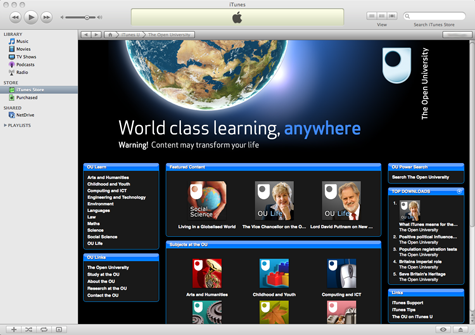Monday Topsight, June 30, 2008
 • Flooded London: Media designers Squint/Opera have come up with a project they call "Flooded London: 2090," a set of illustrations of London in a late global warming world. As a piece of anticipatory illustration, it's startlingly idyllic -- pictures of a city that has gone past the crisis stage, to a "life goes on" mode for the survivors. To be sure, it's not a happy scenario -- one can only imagine how many millions of people would have perished to get to this point -- but it does illustrate just how resilient humankind can be.
• Flooded London: Media designers Squint/Opera have come up with a project they call "Flooded London: 2090," a set of illustrations of London in a late global warming world. As a piece of anticipatory illustration, it's startlingly idyllic -- pictures of a city that has gone past the crisis stage, to a "life goes on" mode for the survivors. To be sure, it's not a happy scenario -- one can only imagine how many millions of people would have perished to get to this point -- but it does illustrate just how resilient humankind can be.
I do have to admit, though, that the first thing I thought when I saw them was that these were paintings of the world of Freak Angels.
• Happy Sky-is-Falling Day!: One hundred years ago today the Earth saw its last major asteroid strike. The Tunguska event is no doubt familiar to old X-Files fans, but it really is one of those moments that could have changed everything. The current estimates for the size of the Tunguska blast range from five to 15 megatons, the latter being a thousand times the power of the Hiroshima bomb. The rock itself -- which exploded a few kilometers above the ground, not actually hitting -- was probably a few tens of meters in diameter. Just a little guy, really.
The asteroid strike happened way out in the middle of Nowhereski, Siberia. If it had happened near a populated zone, it would likely still be considered the worst natural disaster in human history -- and we would have had a much more sophisticated asteroid-hunting system in place by now.
• Schizmatrix Reloaded: The Anglican Church -- generally known as the Episcopal church in the US, and the Church of England in, well, England -- faces a growing likelihood of a full-blown schism between modernists and traditionalists over the subject of ordainment of female and gay ministers, and a broader acceptance of homosexuality. A gathering last week in Jerusalem of over a thousand representatives of Anglican churches denounced the gay-acceptant policies of the Anglican leadership, and sought to create a new "power bloc" within the church community representing the traditionalists.
What's particularly notable about this incipient split is its geographic distribution. The vast majority of participants in the Jerusalem gathering came from Anglican churches in Africa, South Asia, South America and Australia. The language used has a strong anti-colonialist tenor:
They depicted their efforts as the culmination of an anti-colonial struggle against the church’s seat of power in Great Britain, whose missionaries first brought Anglican Christianity to the developing world.The conservatives say many of the descendants of those Anglican missionaries in Britain and North America are now following what they call a “false gospel” that allows a malleable, liberal interpretation of Scripture. [...]
The conservatives also challenged the authority of the Archbishop of Canterbury. The current archbishop, Rowan Williams, has been a disappointment to conservatives, because he did not discipline the liberal North Americans or engineer their eviction. The Archbishop of Canterbury historically has not had the power to decree policy in the Communion, but in the past he determined which churches belonged to the Communion.
The conservatives’ statement said that although they acknowledged Canterbury’s historic position, they did not accept the idea “that Anglican identity is determined necessarily through recognition by the Archbishop of Canterbury.”
It's unlikely that the North American Anglican churches will change to suit the desires of the traditionalist churches in the global south; there's a clear shift towards broader acceptance of homosexuality in the US and Canada. Although the Jerusalem group says that they are not seeking a schism, such a result seems inevitable. One critical question is whether either faction will end up strengthened by the development.
• Cyborg Rights: The Boston Globe has a profile of MIT's Hugh Herr, a specialist in the development of prosthetic limbs. As is typical for current articles about prosthetics, sprint Oskar Pistorius makes an appearance. Herr makes an astute observation about the cultural tension regarding prosthetics and the potential for super-enabled disabled:
Twenty years ago, he was accused of cheating in competitive rock climbing; he had competed wearing prosthetic legs he had designed for the sport. "With Oscar, it was like, 'Here we go again,' " says Herr, 43. He is bemused by the fact that when amputees run or climb more slowly than "intact-leg competitors," their athletic displays are considered courageous. But as soon as amputees prove they can actually compete with able-bodied athletes, accusations of cheating follow, he says.
This seems likely to be a recurring theme as augmentation technologies and prosthetic enhancements move from the "good enough" to the "better-than-normal" level, and is a trend worth watching.
(Thanks, Rebecca!)

 A few people have asked me what I thought of
A few people have asked me what I thought of 

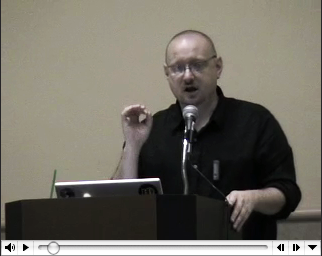
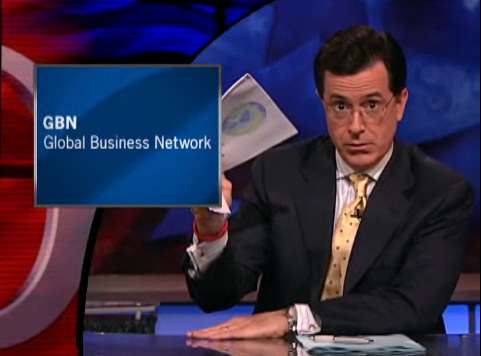
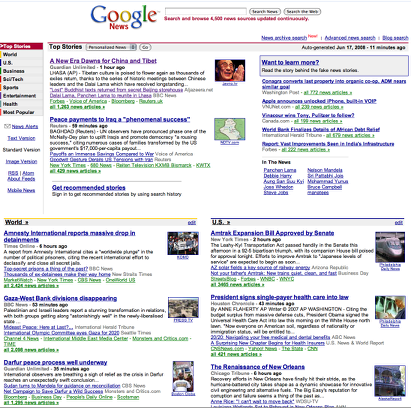
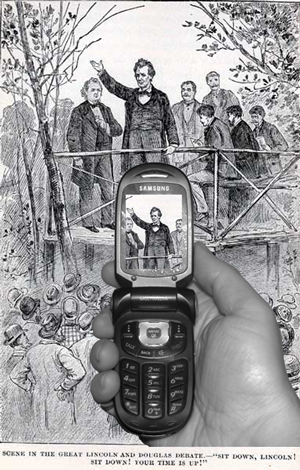 What happens when not only have the tools of documenting the world become democratized, so too have the tools for manipulating our interpretations of reality?
What happens when not only have the tools of documenting the world become democratized, so too have the tools for manipulating our interpretations of reality?